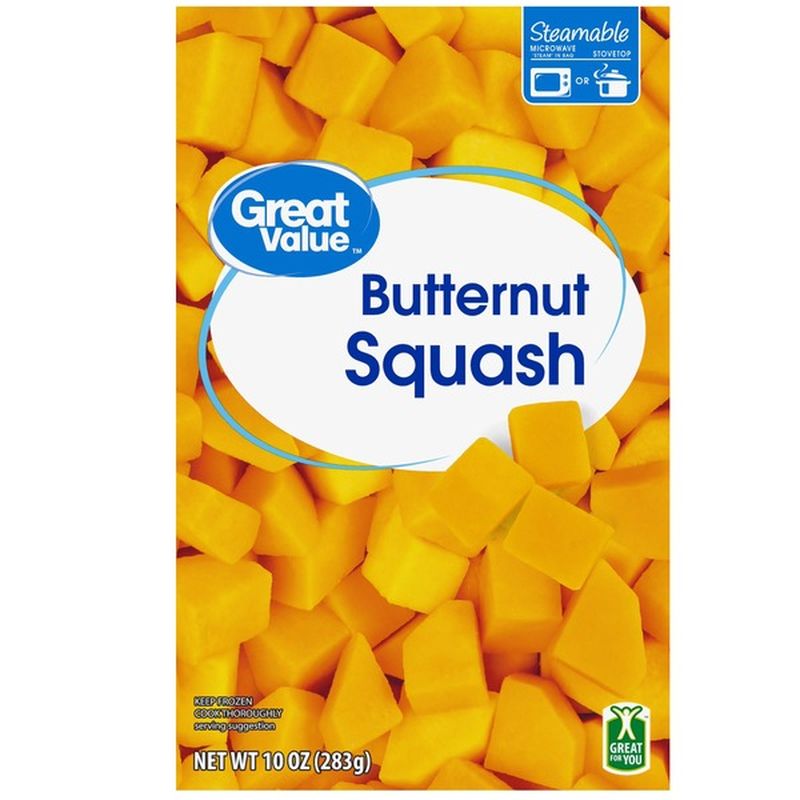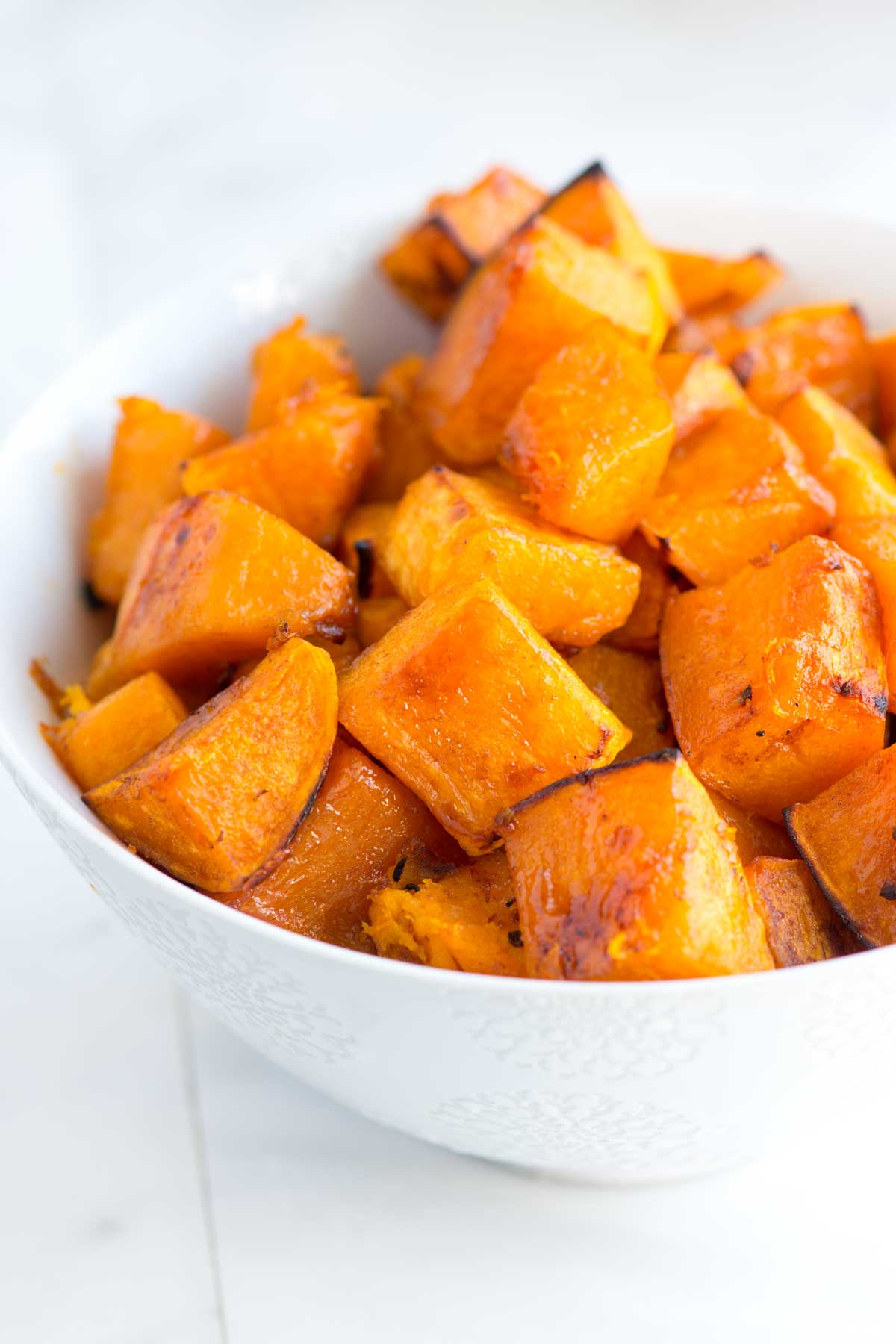

If you only have salted butter on hand when you're baking, pull back on the added salt in the recipe - maybe reduce by half or so, depending on what you're making - remembering that you can always add more salt later, but you can't take it back out. Because most recipes call for the addition of salt as an ingredient, using salted butter in things like baked goods can take them over the edge in terms of saltiness. Unsalted butter should be your go-to for baking and pastry. Unsalted butter can be used anytime fat needs to be added to a recipe. Salted butter is the best kind of butter to use for the table and general cooking. After churning, the butter is rinsed - and salted, if making salted butter - and the excess buttermilk is removed. To make butter, pasteurized cream is shaken or churned until the milkfat (butterfat) separates from the remaining fluid, which is known as buttermilk. Q: What is the difference between salted and unsalted butter and how should you use them?Ī: The only real difference between salted and unsalted butter is literally the salt: All butter is made from the milkfat in cream and contains at least 80% milkfat, 18% water and 2% solids (mainly protein and salt). It can be as simple as having your traditional holiday dishes and adding a few new plant-based traditions as well. The bottom line is your plate - including your holiday plate - will benefit nutritionally from adding more plants. Nutritional value is added the more colors you can eat. It is colorful as well: the reds of cranberries, beets and pomegranate the greens of Brussels sprouts and broccoli the winter whites of cauliflower, turnips and parsnips and the bright yellows and oranges of squash, carrots and oranges. Fall produce is packed with phytonutrients and fiber and is typically low in calories. Think about adding more dishes with fall and winter produce, like a butternut squash soup or a pear dessert. You don't have to stress over the holidays. Think of it as a simple, healthy way of eating less processed and more "whole" foods without obsessing over it (It's really OK to have a burger now and then). "Flexitarian" is a portmanteau of the words "flexible" and "vegetarian." That resonates with me to add flexibility to my meals and more fruits, vegetables, nuts and whole grains. It's a healthy diet that doesn't involve counting calories or following strict rules and allows you to include meat, fish and poultry in your diet from time to time. I'm a fan of the "flexitarian" approach: a semi-vegetarian lifestyle in which you simply incorporate more vegetables, fruits and whole grains on your plate. Add a dip like hummus, salsa or olive tapenade. To make it more plant-friendly, add veggie chips, whole-grain crackers and plenty of fresh vegetables. Take the ever-popular charcuterie tray - typically a beautiful array of meats and various cheeses.

Plant forward or flexitarian means choosing more plants, but not just plants, to eat.

We've gone from vegetarian plans to vegan to now plant-forward or a "flexitarian" diet. Eat more plants and it could even help with menopause symptoms. We hear a lot about a plant-forward diet these days: Eat more plants and lower your risk of cancer.


 0 kommentar(er)
0 kommentar(er)
